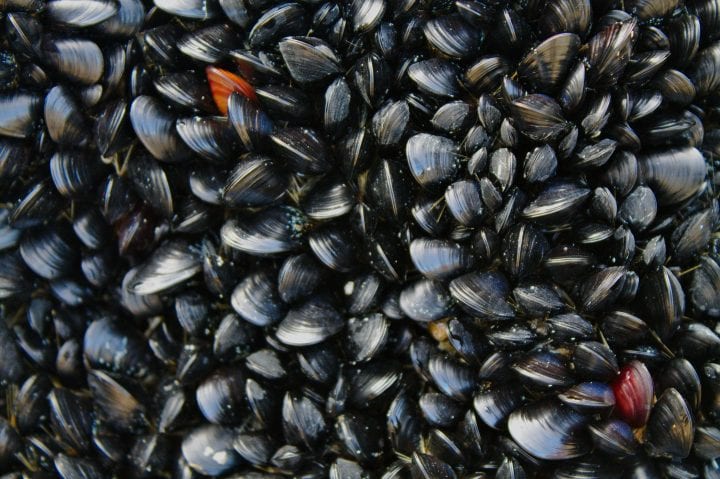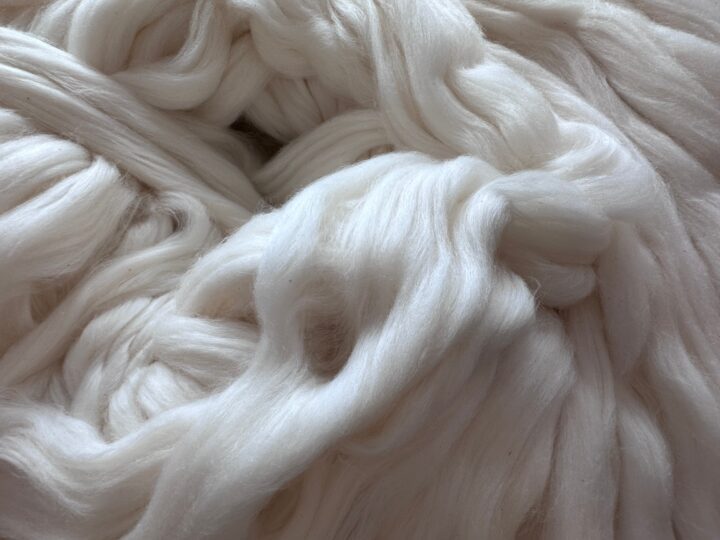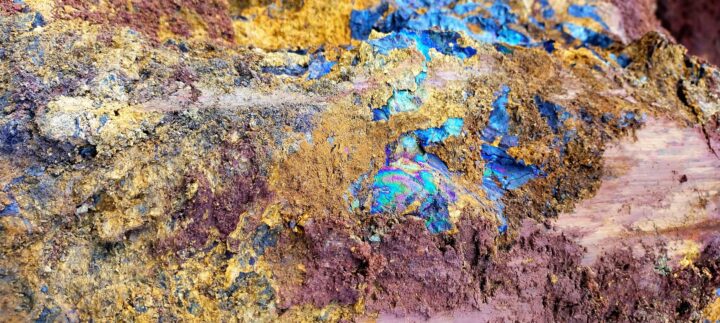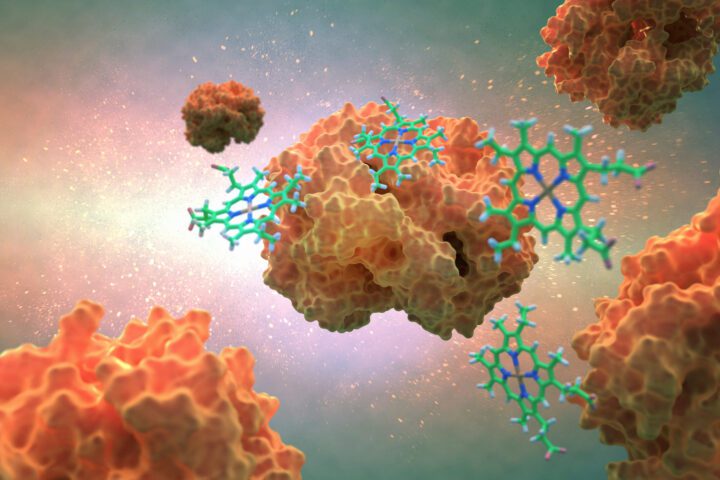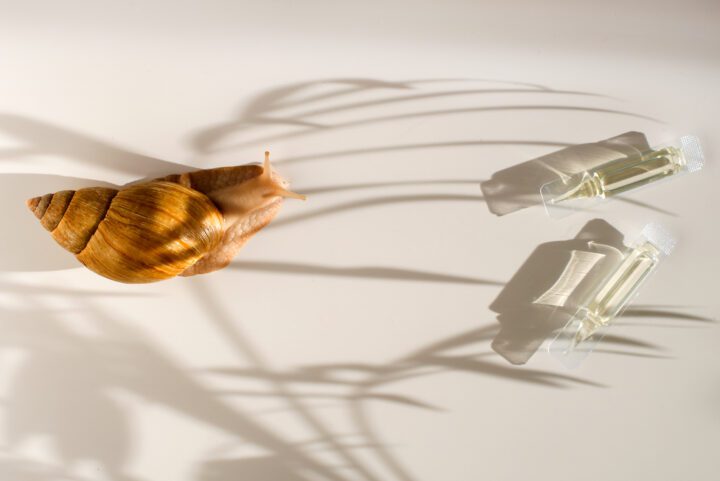ACatechol’s catheters use mussel-inspired polymers to hold a layer of water molecules that keep bacteria from latching on.
Benefits
- Fewer hospital-acquired infections
- Less biohazardous waste
- Lower healthcare costs
Applications
- Hospitals and healthcare settings
UN Sustainable Development Goals Addressed
-

Goal 3: Good Health & Wellbeing
The Challenge
Millions of people die each year from infections caused by slimy films of bacteria that build up on the inside of medical tubes. These antibiotic-resistant biofilms are notorious for forming on central venous lines such as those used for chemotherapy and dialysis, giving bacteria direct access to the bloodstream. Existing antimicrobial catheters cannot prevent the formation of biofilm and still need to be changed every few days.
Biological Model
Mussels and similar marine organisms have a special trick: they can stick to things underwater, even as they’re constantly pounded by waves. They produce an adhesive plaque full of proteins containing certain positively and negatively charged amino acids that, among other things, complement each other to essentially push water molecules aside so the adhesive plaque can stick, even when submerged.
Furthermore, that adhesive plaque comes from the ends of byssal threads, the fibers that extend from the mussel and tether it to a surface. The threads have to be strong, stretchy, and stiff all at once. It is believed they achieve this through functional grading—that is, a gradual change in structure and function—from the iron-based outer cuticle of the thread to its collagen-based core. It’s similar to how a tendon isn’t just stuck to a bone at a single point. Instead, there is a transitional area where the tendon’s soft tissue slowly becomes more and more integrated with the bone’s hard tissue. Given the gradual change, that transitional area features the characteristics of both tissues.
Video: Bioinspired Catheters––A Breakthrough Against Deadly Infections

Innovation Details
Startup ACatechol’s catheters stop microbes from forming biofilms by integrating protective barrier-forming molecules into the material of the tube itself. These hydrophilic molecules, called zwitterions, are so strongly attracted to water that they grab onto it and create a watery barrier that prevents microbes from sticking to the tube’s wall.
Then, to keep the coating from washing away, ACatechol looked again to mussels—and the musculoskeletal system. ACatechol created a catheter surface that is functionally graded with zwitterions, mimicking the integration of tendon to bone or the transition of a mussel byssal thread’s outer cuticle to core.
The Human Factor
ACatechol founder and CEO Kollbe Ahn has spent much of his life near the coast, including eight years at the University of California, Santa Barbara, as part of a research program studying marine bio-inspired surface design and engineering. When the pandemic hit, reports showed that more than two-thirds of COVID-19 deaths in intensive care units were caused by infections stemming from biofilms on catheters and other medical tubes. Ahn redirected his research to figuring out how his knowledge of biomimetic surfaces, including the underwater adhesive properties of mussels, could be applied to prevent these kinds of infections.
Ray of Hope Accelerator
The Ray of Hope Accelerator supports an annual cohort of ten high-impact nature-inspired startups representing various sectors and regions addressing the world’s biggest environmental and sustainability challenges. The accelerator builds upon years of experience as the Ray of Hope Prize. Created in honor of Ray C. Anderson, founder of Interface, Inc. and a business and sustainability leader, the $100,000 Ray of Hope Prize (2020-2023) shone a light on the innovative, nature-inspired solutions that we need to build a sustainable and resilient world. ACatechol was selected as a finalist for the 2023 Ray of Hope Prize.

